The genetics of Iranian saffron will be determined in the next two months
The head of the South Khorasan Agricultural Jihad said: It will be determined by an Iranian saffron genetics research institute in the next two months.
Gholamreza Haderbadi stated in the second meeting of the Board of Trustees of the National Saffron Council of Iran in South Khorasan: So far, 9 plans and 112 projects have been proposed for saffron production, marketing and research.
He added: Equipping the specialized saffron laboratory is also being pursued.
Nader Mirshakar, head of the South Khorasan Trade Organization, also said: One of the strengths of the National Saffron Council is the presence of MPs, governors and other relevant officials together, but there is no understanding and unity of procedures between the private sector in this council.
He described the strategies proposed in this council as desirable and added: Considering the current market conditions, it should be determined in which part of saffron production the price stabilization is.
The head of the South Khorasan Trade Organization said that the continuous support and follow-up of the officials is very effective in solving the problems and stated: the active presence of all those involved in the production and supply of saffron in the exhibitions is very effective.
Alireza Jamei, head of the South Khorasan Industries and Mines Organization, also stated: There is a schedule and there is no operation for approvals. As a result, in the Saffron Council, recurring issues and problems have been raised in the past that have no return.
He continued: Producers do not have the necessary incentive that the government can help increase their incentive by paying facilities and subsidies.
The head of the South Khorasan Industries and Mines Organization, stating that 341,000 people in South Khorasan and Razavi make a living from saffron income, said: The non-governmental saffron development fund for farmers should be carefully examined.
Jami stated: Saffron export incentives should be increased and the target markets and facilities should be selected correctly.
Hosseini, a member of the Board of Trustees of the National Saffron Council, also stated: in order not to take the added value of saffron out of the country, it is necessary to pay attention to its production with the focus on exports.
He described the saffron production substrates at the desired level and continued: If the farmer’s relationship is cut off after harvesting the flowers from the field to packing, employment will be created through processing units and quality control.
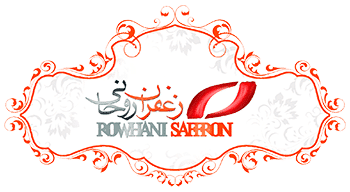
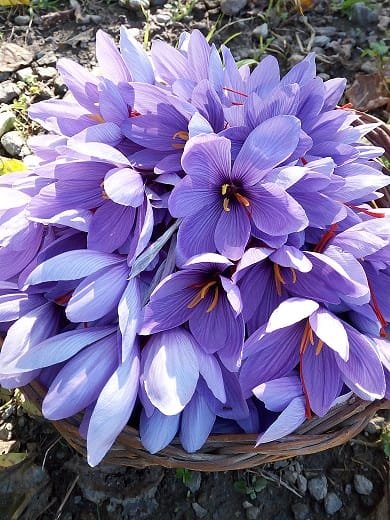
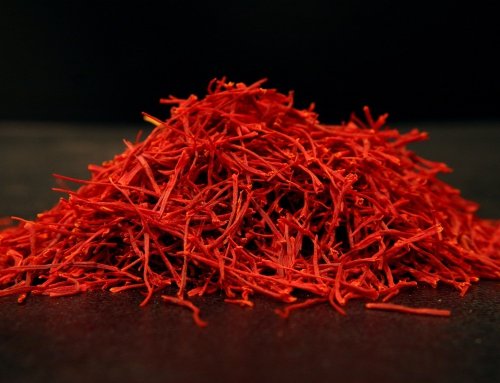
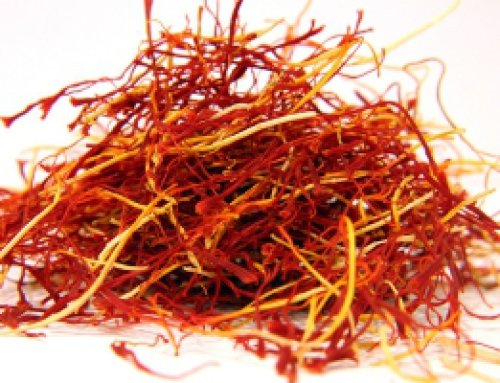
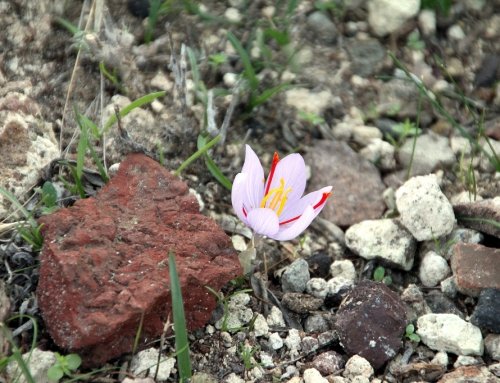
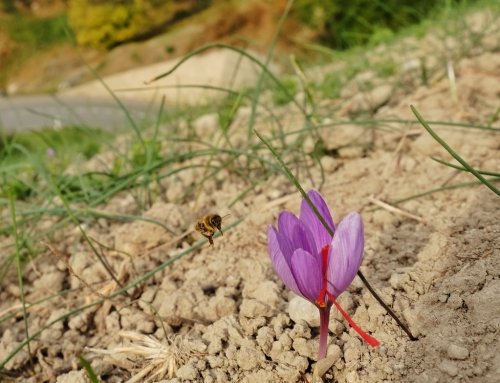

Get Social